#Peggy Guggenheim Museum
Text

Let’s go
44 notes
·
View notes
Text
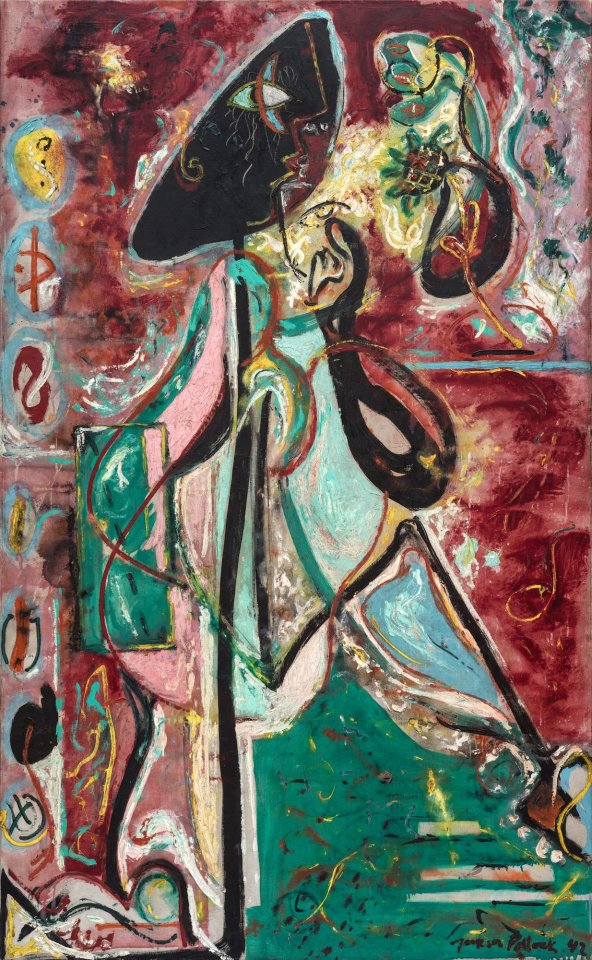
Jackson Pollock, The Moon Woman, 1942
Oil on canvas, 175.2×109.3cm.
Peggy Guggenheim Collection, Venice.
Like other members of the New York School, Jackson Pollock was influenced in his early work by Joan Miró and Pablo Picasso, and seized on the Surrealists’ concept of the unconscious as the source of art. In the late 1930s Pollock introduced imagery based on totemic or mythic figures, ideographic signs, and ritualistic events. The Moon Woman recalls Picasso, particularly in its palette and composition. The subject of the moon woman, which Pollock treated in several drawings and paintings of the early 1940s, could have been available to him from various sources. At this time many artists, among them Pollock’s friends William Baziotes and Robert Motherwell, were influenced by the fugitive, hallucinatory imagery of Charles Baudelaire and the French Symbolists. In his prose poem “Favors of the Moon” Baudelaire addresses the “image of the fearful goddess, the fateful godmother, the poisonous nurse of all the moonstruck of the world.” Although it is possible that Pollock knew the poem, it is likelier that he was affected in a more general way by the interest in Baudelaire and the Symbolists that was pervasive during the period. (x)
#jackson pollock#painting#1942#the moon woman#pollock#peggy guggenheim#guggenheim#museum#peggy guggenheim collection#venice
47 notes
·
View notes
Text
Wat zijn die Surrealistische Vrouwen Hot!
Een mannen en kunstverslindster met als gevolg een prachtige expo van surrealistische vrouwen en mannen in het Palazzo Infinito, het onaffe paleis, in Venetië. Het museum van de Peggy Guggenheim Collection. Geniet samen met Toos van Holstein in TOOS&ART.
Peggy Guggenheim op het boventerras haar palazzo aan het Canal Grande
Peggy Guggenheim lustte er wel pap van. Van zowel mannen, zo ongeveer duizend volgens haar eigen zeggen, als van kunst, ook zo’n duizend schilderijen en beelden. Dat liep dus aardig gelijk op met elkaar. Maar daardoor liep ik vorige maand in Venetië wel over min of meer heilige kunstgrond. In het palazzo non finito, het niet…

View On WordPress
#André Masson#Biënnale van Venetië#Canal Grande#Centraal Museum Utrecht#Dorothea Tanning#galerie Quadrige#Kay sage#Leonor Fini#Leonora Carrington#Max Ernst#Nice#Palazzo Venier dei Leoni#Peggy Guggenheim#Peggy Guggenheim Collection#Punte della Dogana#Remedios Varo#René Magritte#Salvador Dali#surrealisme#Surrealismo & Magia#The milk of dreams#Venetië#Venice#Venice Biennial of Art#Yves Tanguy
3 notes
·
View notes
Text
i am going to venice so soon i can taste it. the stinky canals. the horrible horrible heat. so excited. the trip is me and my dissertation advisor (both serious early modernists) and like 7 modernists/non art historians. we have already decided we are going to make them look at so much old stuff that they don't care about bc my advisor is organizing the trip. you are going to get in the vaporetto and see the doge's palace and like a hundred churches and you are going to like it.
#we are going for the biennale so there will be lots of modern art#and i do want to go to the peggy guggenheim museum too#going to force these film scholars to experience so much history#my advisor made them all read vasari in a symposium two years ago and they HATED it#and de architectura lol#this will be better than that at least
4 notes
·
View notes
Photo

Guggenheim Museum - New York . . #guggenheim #museum #newyork #nyc #FrankLloydWright #taxi #solomonrguggenheim #peggyguggenheim #peggy #fifthavenue #美術館 #グッゲンハイム #jj #ff #art #アメリカ #美術 #タクシー #芸術的な写真 #博物馆 #艺术 #미술 #중 (presso Solomon R. Guggenheim Museum) https://www.instagram.com/p/CfCMMcyO7x9/?igshid=NGJjMDIxMWI=
#guggenheim#museum#newyork#nyc#franklloydwright#taxi#solomonrguggenheim#peggyguggenheim#peggy#fifthavenue#美術館#グッゲンハイム#jj#ff#art#アメリカ#美術#タクシー#芸術的な写真#博物馆#艺术#미술#중
0 notes
Text
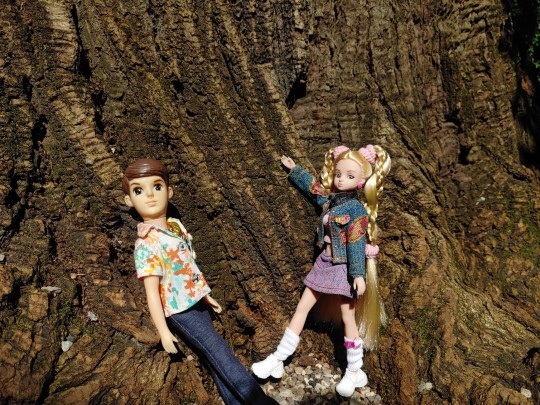
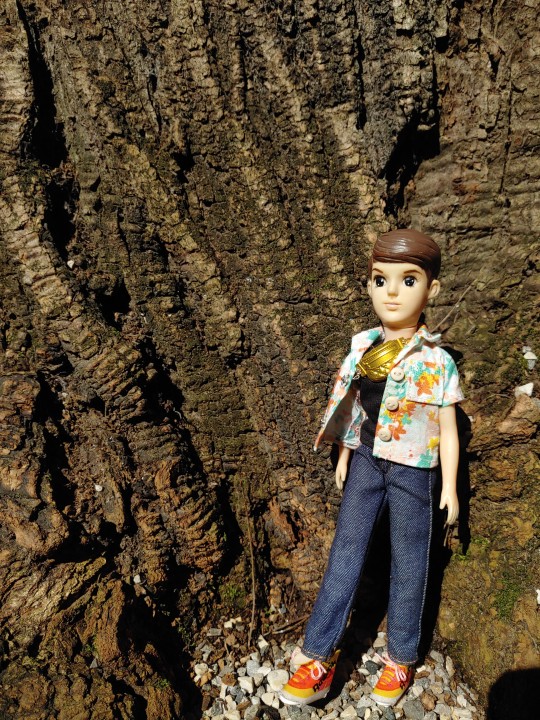


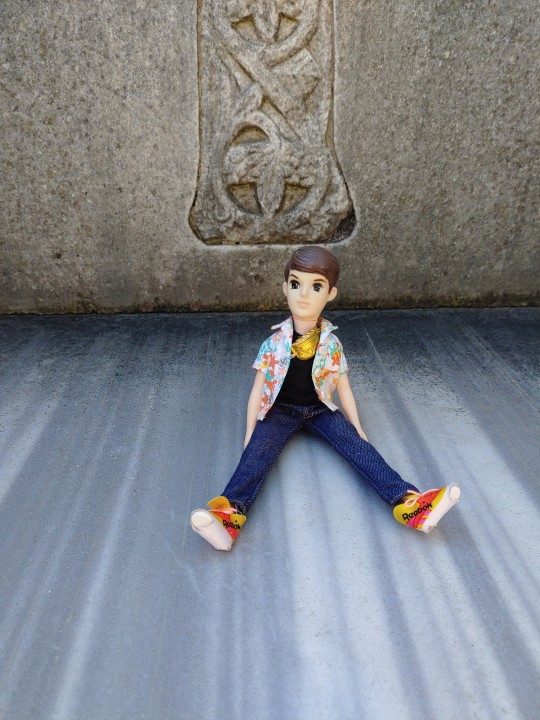



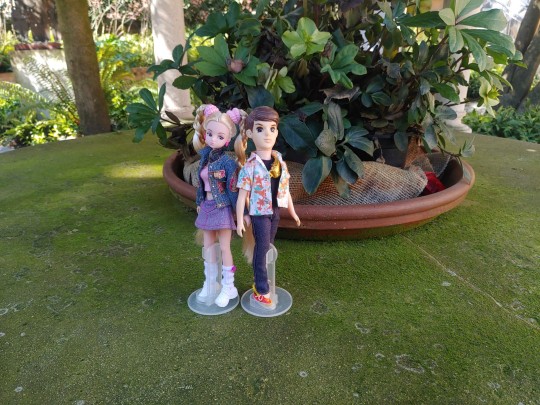
Wataru and Elowen at the Peggy Guggenheim Museum gardens
24 notes
·
View notes
Text
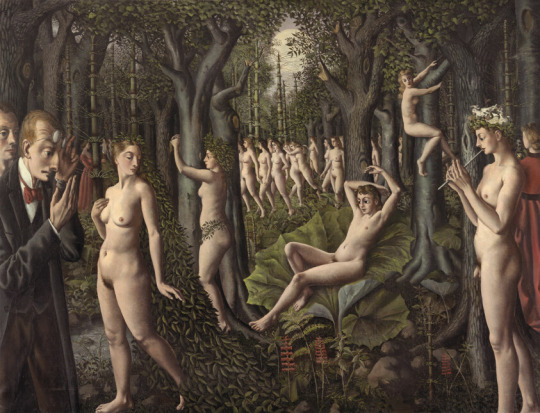
The Awakening Of The Forest (L'éveil de la forêt) • 1939.
Paul Delvaux • 1897-1994 • Belgian • Surrealist
Post #1
Paul Delvaux's canvases contain, among other things, a plethora of female nudes. Like classic nudes, they and their surroundings are painted with precise realism. Unlike classic nudes, however, the women are not posing as such but going about their business within fantasy-filled worlds. They stare vacantly toward the unknown and largely do not engage with one-another. It is as if they are captured in a moment in time. If one were to imagine, though, a Delvaux painting coming to life, these women might very well be engaged in robotic, ritualistic movement - the Stepford wives of a surreal canvas. At times disconcerting, the canvas sometimes include fully-dressed,voiristic men. Enigmatic as they are, Delvaux's women hold a beautiful, enigmatic appeal.
Delvaux's inspiration for his visual imagery came from books he loved as a child. Indeed, the painting above is a recreation of a scene from Jules Verne's Journey to the Center of the Earth. He also utilized his childhood fears and dreamscapes as creative material for his visual narratives.
Though not depicted in this post (perhaps next post) skeletons, trains and train stations, and architecture are common themes in Delvaux paintings.

La pause du jour (The Break of Day) • 1937 • The Guggenheim Museum. [This was the first Surrealist painting Peggy Guggenheim added to her collection.]
Below: Femme dans une grotte (Woman in a cave) • 1936 • Oil on canvas • Thyssen Bornemisza Museum, Madrid

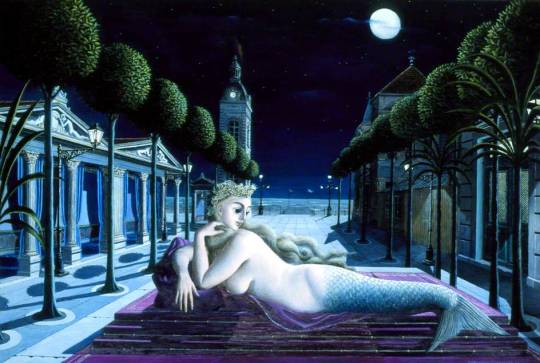
La Sirène au claire de lune (A Mermaid in Full Moonlight) • 1940 • Southampton City Art Gallery, Britain. [ As a boy, Delvaux loved the story of the Sirens in The Odyssey.]

Le jardin nocturne (The Night Garden) • 1941 • Location unknown
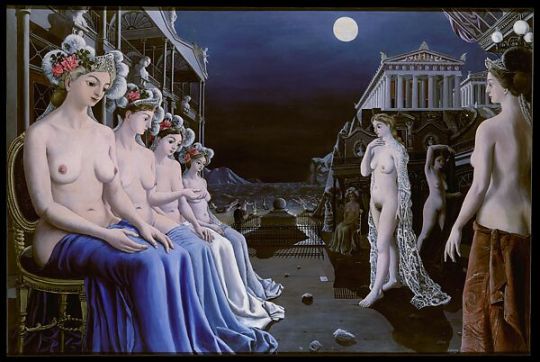
Les grandes sirènes (The Great Sirens) • 1947 • Metropolitan Museum of Art, New York City
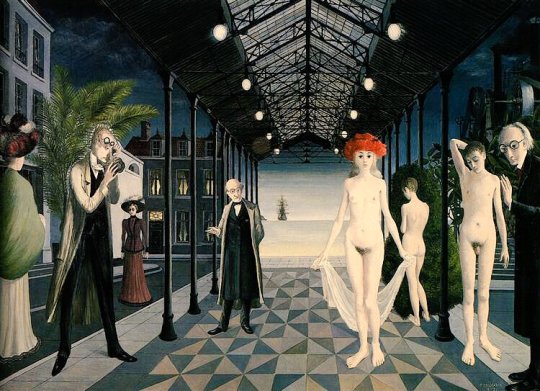
Hommage à Jules Verne • 1971 • Fondation de Paul Delvaux, Saint-Idesbald, Belgium
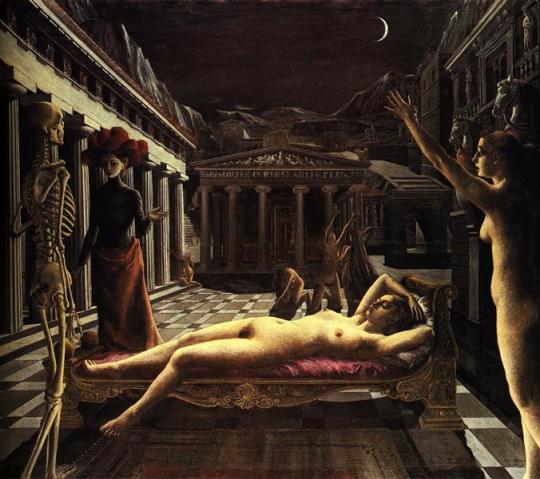
La Vénus endormie (The Sleeping Venus) • 1944 • Tate Modern, London
#art#painting#fine art#art nude#bannedonpinterest#paul delvaux#art of the subconscious#20th century art#surrealism#belgian artist#metaphysical art#sirens#mermaid#fantasy worlds#oil painting#mythological painting#guggenheim#art institute of chicago#the metropolitan museum of art#delvaux foundation#jules verne#banned on pinterest#art history
109 notes
·
View notes
Text
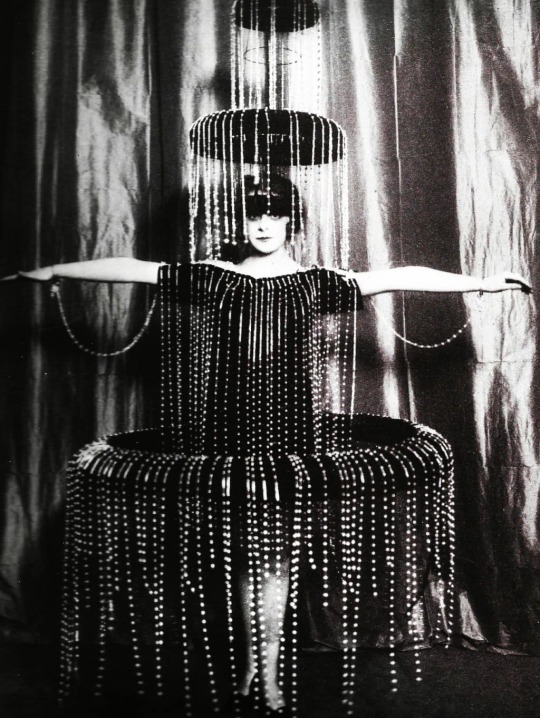

THE MARCHESA CASATI
Marchesa Luisa Casati: An inspiringly decadent true tale of a bizarre Italian aristocrat. Pet cheetahs, séances and dresses made from lightbulbs, the heiress, socialite and artist's muse Marchesa Luisa Casati led a life every bit as unusual as her outfits.
Luisa, Marchesa Casati Stampa di Soncino (born Luisa Adele Rosa Maria Amman; 23 January 1881 – 1 June 1957), was an Italian heiress, muse, and patroness of the arts in early 20th-century Europe.
Casati was known for her eccentricities that delighted European society for nearly three decades. The beautiful and extravagant hostess to the Ballets Russes was something of a legend among her contemporaries. She astonished society by parading with a pair of leashed cheetahs and wearing live snakes as jewellery.
She captivated artists and literary figures such as Robert de Montesquiou, Romain de Tirtoff (Erté), Jean Cocteau, and Cecil Beaton.[citation needed] She had a long-term affair with the author Gabriele d'Annunzio, who is said to have based on her the character of Isabella Inghirami in Forse che si forse che no (Maybe yes, maybe no) (1910).[citation needed] The character of La Casinelle, who appeared in two novels by Michel Georges-Michel, Dans la fete de Venise (1922) and Nouvelle Riviera (1924), was also inspired by her.
In 1910, Casati took up residence at the Palazzo Venier dei Leoni, on Grand Canal in Venice, owning it until circa 1924. In 1949, Peggy Guggenheim purchased the Palazzo from the heirs of Viscountess Castlerosse and made it her home for the following thirty years. Today it is the Peggy Guggenheim Collection, a modern art museum on the Grand Canal in the Dorsoduro sestiere of Venice, Italy.
Casati's soirées there would become legendary. Casati collected a menagerie of exotic animals, and patronized fashion designers such as Fortuny and Poiret. From 1919 to 1920 she lived at Villa San Michele in Capri, the tenant of the unwilling Axel Munthe. Her time on the Italian island, tolerant home to a wide collection of artists, gay men, and lesbians in exile, was described by British author Compton Mackenzie in his diaries.
Numerous portraits were painted and sculpted by artists as various as Giovanni Boldini, Paolo Troubetzkoy, Adolph de Meyer, Romaine Brooks (with whom she had an affair), Kees van Dongen, and Man Ray; many of them she paid for, as a wish to "commission her own immortality".[citation needed][citation needed] She was muse to Italian Futurists such as F. T. Marinetti (who regarded her as a Futurist) Fortunato Depero, Giacomo Balla (who created the portrait-sculpture Marchesa Casati with Moving Eyes), and Umberto Boccioni. Augustus John's portrait of her is one of the most popular paintings at the Art Gallery of Ontario; Jack Kerouac wrote poems about it and Robert Fulford was impressed by it as a schoolboy.
10 notes
·
View notes
Text
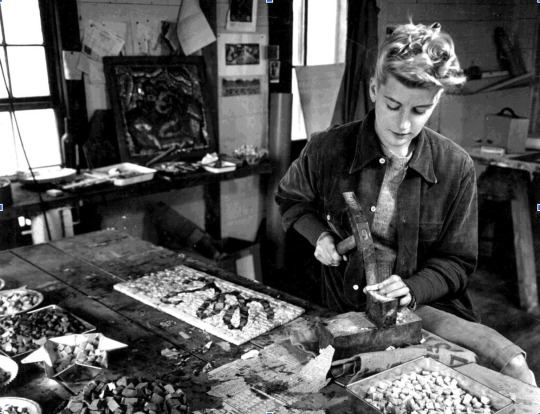
Jeanne Reynal B.1903, WHITEPLAINS, NEW YORK D. 1983
Jeanne Reynal (1903-1983) is a significant figure of the New York School, a mosaicist who showed with Betty Parsons Gallery. Reynal was dedicated to challenging expectations of the medium by creating, as she described, “a new art of mosaic, a contemporary and fresh look for this ancient medium.” Her work was largely abstract.
Born in White Plains, NY, Reynal apprenticed from 1930-38 with Boris Anrep, a Russian mosaicist working in Paris. This established her interest in working with the medium. Reynal spent the World War II years living in San Francisco, and in Sierra Nevada. Her first solo exhibition was held in Los Angeles in 1940.
Reynal’s father died in 1939, allowing her resources with which to build an art collection. She acquired a 1941 Jackson Pollock painting from Peggy Guggenheim’s gallery -- one of the first ever sales of a Pollock. At this time, Reynal developed a relationship with the first director of the San Francisco Museum of Modern Art: introducing her to the work of Pollock and other first-generation New York School artists, and helping to set the course of acquisitions and exhibitions at the museum. Reynal’s closest artist friend was Arshile Gorky, and his wife Agnes (known as Mougouch). Reynal would show her own work in the SFMoMA Annual exhibitions from 1940-46. During her West Coast years, Reynal also developed a friendship with Isamu Noguchi who had enrolled, voluntarily, in an internment camp to aid other Japanese-Americans. She would later collaborate with Noguchi on mosaics for tables of his design. Reynal was also associated with the Surrealists - many of whom were living in exile in the U.S. In 1945, Reynal took a six week visit to the Hopi, Zuni, and Navajo Indians with André and Elissa Breton as interpreter and guide.
Reynal moved to New York City in 1946. At that time, she further developed friendships with artists including Willem and Elaine de Kooning. In 1955, she married Thomas Sills, a largely self-taught African American painter. They traveled together across Russia, Turkey, Greece, and Italy in 1959 to further study the art of mosaic. In 1960, she was asked, by Elaine de Kooning, to take over the organization of a show of Abstract Expressionist women artists held in West Texas in 1960, at Dord Fitz Gallery. It was in this period that Reynal began exhibiting with Betty Parsons.
Reynal was the subject of a traveling solo exhibition, organized by the San Francisco Museum of Modern Art, in 1964. The same year, a monograph of her work, with essays by Elaine de Kooning, Dore Ashton, and Lawrence Campbell, was published. The solo show traveled to the Sheldon Museum in Lincoln, Nebraska, a city where, the following year, Reynal would create mosaic murals for the State Capitol building.
Reynal traveled with her husband, Sills, throughout South and Central America: Mexico, Guatemala, Honduras, Peru. She was influenced by indigenous art throughout her travels. In the early 1970s, Reynal began making totem sculptures utilizing mosaic tesserae and pieces of shell. These monumental works were exhibited at Betty Parsons and at the Art Association in Newport, Rhode Island. In the late 1970s, she made a series of portraits in mosaic (many of artist-friends), and depictions of animals.
Eric Firestone Gallery
25 notes
·
View notes
Note
Bonjour Luna~🤍
I have often seen and read that you also like to go to art exhibitions. So~ do you have an absolute favorite artist?
Have a good day, dear♡
AWWW GOOD MORNING!
Ahahhaha, to visit museums, archeological sites and art exhibitions is my favorite hobby and luckily here in Italy there are plenty of the! And who knows, maybe in the future I'll work in this field too 💕💕💕
I have to say I like Surrealism a lot, so my favorite artist is related to it:
Ladies and Gentlemen, she is Remedios Varo, and some museums (and her tomb) with her stunning works are in Mexico City. Mexican moots, you don't have only marvelous archeological sites, but also the fantastic worlds of my muse! Her ways to show her ideas, the medieval style hidden in her architectures, her fairy figures... everything is special to me.



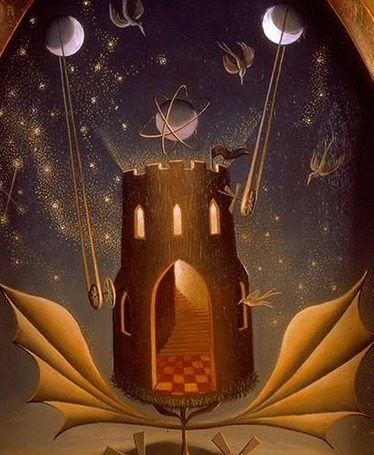
Others painters I love a lot are surrealists, a metaphysical artist and a Renaissance painter: Magritte, Ernst, De Chirico and Botticelli

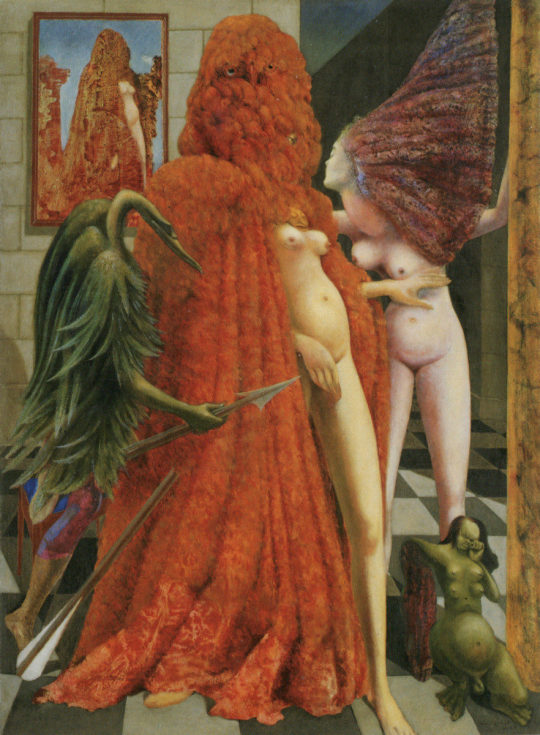


The Peggy Guggenheim Museum in Venice and The Uffizi Gallery have many of their works, I have visited them and the cities where they are some times, but it is never enough 😭😭❤️❤️
10 notes
·
View notes
Note
our woman in Paris, perhaps?
I genuinely though I had written something for this, but this document AND my keep are all notes about Paris in 1941. So here are some things about Paris in 1941! This is a sequel to notre femme a paris, if it isn't obvious.
Part of Diana's cover is as an art dealer. Peggy Guggenheim went to Paris in 1940 intending to buy "a painting a day". Those paintings went on to become the foundation of the Guggenheim museum in Venice.
The Louvre was closed and all the paintings removed, and all that was left were the gilded frames still hanging on the walls
The Louvre was open for sculpture galleries for a few hours a week
Diana is an SOE agent: In most cases, the primary quality required of an agent was a deep knowledge of the country in which he or she was to operate, and especially its language, if the agent was to pass as a native of the country. Dual nationality was often a prized attribute. This was particularly so of France.
The SOE sent women as the first wave of agents to collect information on what was happening after the dunkirk evacuation.
The story will be set in 1941, after the fall of Paris but before the breaking of the Molotov-Ribbentrop pact.
8 notes
·
View notes
Photo

American Heiress / Collector & founder of the Guggenheim museum in Venice, Italy.
Peggy Guggenheim with an Alexander Calder mobile, c. 1948.
* * * *
“Play…allows people to step into a new and different identity, a way of being that is at all times more enthusiastic and joyful than its ordinary counterpart. The joy achieved in play suspends time further; it opens up a glimpse of eternity, of transcendent timelessness.”
— Livia Kohn, Early Chinese Mysticism: Philosophy and Soteriology in the Taoist Tradition
modernshxmxn
38 notes
·
View notes
Text
Marlene Dumas in Venetië en een Franse miljardairs verpieswedstrijd
Wat in een verpieswedstrijdje verzeilde Franse miljardairs te maken hebben met 'onze' schilderster Marlene Dumas? Lees en kijk maar in TOOS&ART. Oh ja, Venetië en Palazzo Grassi spelen ook een belangrijke rol. #art #kunst #Venice #expo
Ik herinner me nog mijn positieve verbazing, als kunstzinnige inboorling van Eindhoven, toen ik in 1985 bovenstaande nieuwe aankoop in het Van Abbemuseum zag hangen. ‘Het kwaad is banaal’ uit 1984, van de voor mij toen nog onbekende Marlene Dumas. Zomaar de aankoop van een schilderij van een vrouw! Ongewoon voor die tijd. En nog eens figuratief ook. ’t Moest niet gekker worden.
Ook in mijn…
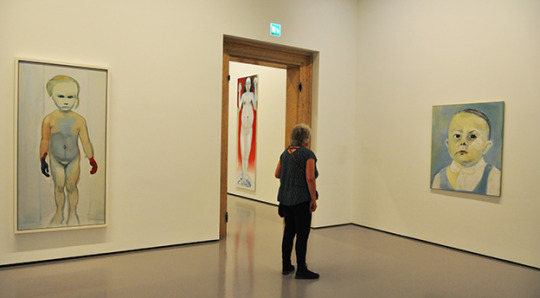
View On WordPress
#Agnelli#Bernard Arnault#Biennale di Venezia#Bois de Boulogne#Bourse du Commerce#Canal Grande#Dior#Eindhoven#Fiat#Fondation Louis Vuitton#François Pinault#Gucci#Hennessey#Marlene Dumas#miljardair#museum Peggy Guggenheim#Notre Dame#palazzo Grassi#Parijs#Punta della dogana#Van Abbemuseum#Venetië#Venezia#Venice#Yves Saint-Laurent
1 note
·
View note
Photo

Maraak, Variation I (Merzbild) by Kurt Schwitters, 1930, Guggenheim Museum. The Solomon R. Guggenheim Foundation Peggy Guggenheim Collection, Venice, 1976.
9 notes
·
View notes
Text

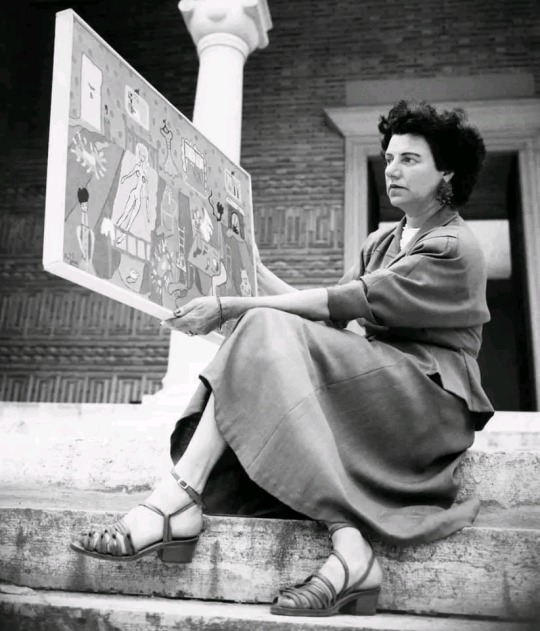

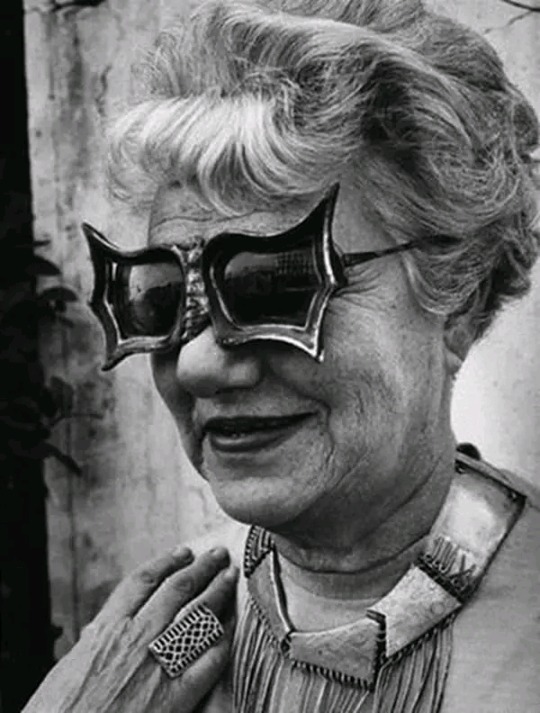
Peggy Guggenheim
Marguerite "Peggy" Guggenheim was an American art collector, bohemian and socialite.
Born to the wealthy New York City Guggenheim family, she was the daughter of Benjamin Guggenheim, who went down with the Titanic in 1912, and the niece of Solomon R. Guggenheim, who established the Solomon R. Guggenheim Foundation.
Guggenheim collected art in Europe and America primarily between 1938 and 1946. She exhibited this collection as she built it; in 1949, she settled in Venice, where she lived and exhibited her collection for the rest of her life.
The Peggy Guggenheim Collection is a modern art museum on the Grand Canal in Venice, Italy, and is one of the most visited attractions in Venice. Via Wikipedia
Born: Marguerite Guggenheim, August 26, 1898, New York City
Died: December 23, 1979, Camposampiero, Italy
Nationality: American
Known for: Peggy Guggenheim Collection
Children: Michael Cedric Sindbad Vail (1923–1986) and ‼Pegeen Vail Guggenheim (1925–1967) #painter read more about her daughter:
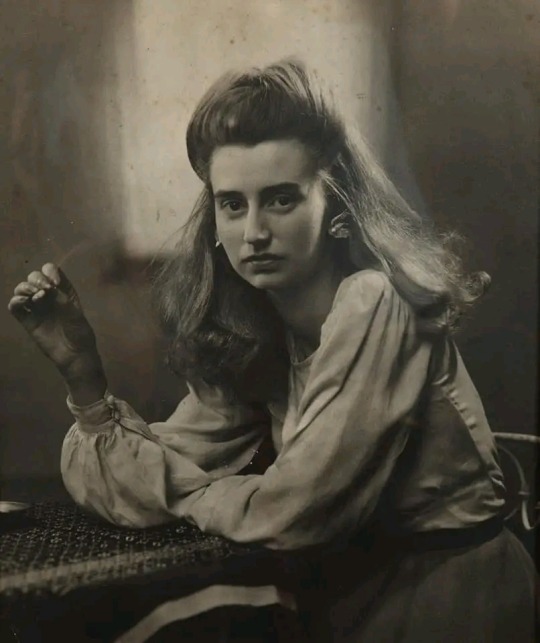
‼ Pegeen Vail Guggenheim (August 18, 1925 – March 1, 1967) was a Swiss-born American painter. Her painting combines two different artistic styles: surrealism and naïve art: https://sugswritersblog.blogspot.com/2013/08/pegeen-vail-31-women-number-18-her.html
Spouse(s): Laurence Vail (1922–c.1928), Max Ernst (1941–1946)
Parent(s): Florette Seligman, Benjamin Guggenheim
Watch also: Peggy Guggenheim: Art Addict www.peggyguggenheimfilm.com/ - "IT'S ALL ABOUT ART & LOVE(sex)" film trailer: https://youtu.be/Z_gWGVSWRlE
#artcollector #PeggyGuggenheim #womeninarts #ArtAddict #PeggyGuggenheimCollection #PegeenVailGuggenheim #PegeenVail
2 notes
·
View notes
